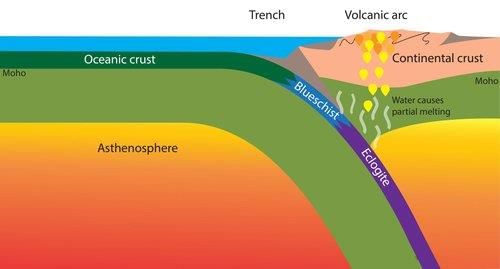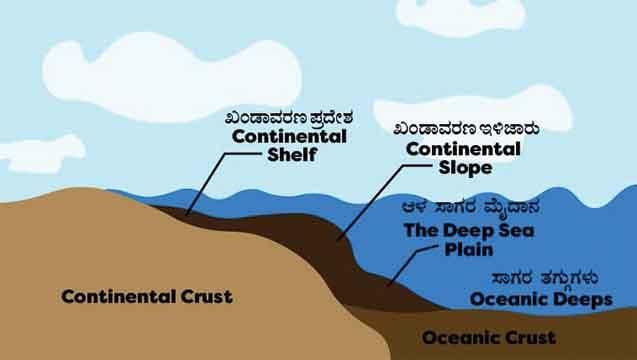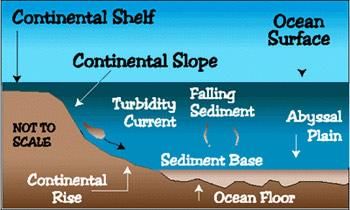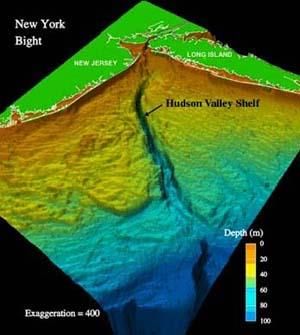|
Card: 1 / 40 |
The hydrological cycle refers to the continuous exchange of water between the oceans, atmosphere, land surface, and ___ . |
|
Card: 3 / 40 |
Fill in the blank: Nearly 59 percent of the water that falls on land returns to the atmosphere through ___ . |
|
Card: 9 / 40 |
Fill in the blank: The demand for renewable water on Earth is increasing ___ while the available supply remains constant. |
|
Card: 11 / 40 |
True or False: Glaciers and icecaps contain more freshwater than groundwater sources. |
|
Card: 13 / 40 |
The ocean floor is divided into four major divisions including the Continental Shelf, Continental Slope, Deep Sea Plain, and ___ . |
|
Card: 15 / 40 |
True or False: The average width of continental shelves is approximately 150 km. |
|
Card: 19 / 40 |
Fill in the blank: The continental slope connects the continental shelf to the ___ . |
|
Card: 21 / 40 |
True or False: The depth of the deep sea plains varies between 3,000 and 6,000 meters. |
|
Card: 23 / 40 |
What major geological features are commonly found in the continental slope region? |
|
Card: 28 / 40 |
The shelf break is where the continental shelf ends and the slope begins, marked by a very steep drop-off.  |
|
Card: 29 / 40 |
Trenches in the ocean are generally found at the bases of ___ and along ___ arcs. |
|
Card: 32 / 40 |
Submarine canyons are significant as they can provide insights into sediment transport and erosion processes in marine environments.  |
|
Card: 35 / 40 |
True or False: The Hudson Canyon is considered the best-known submarine canyon in the world. |
|
Card: 37 / 40 |
Fill in the blank: The trench depth can be ___ to ___ km deeper than the surrounding ocean floor. |
|
Card: 40 / 40 |
Mid-oceanic ridges are underwater mountain ranges formed by tectonic plate movements; they are important for understanding plate tectonics and ocean floor spreading.  |








































